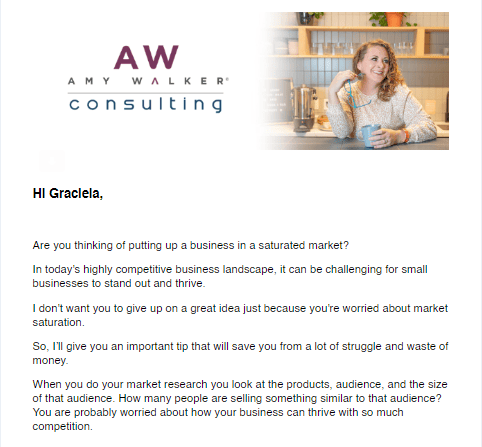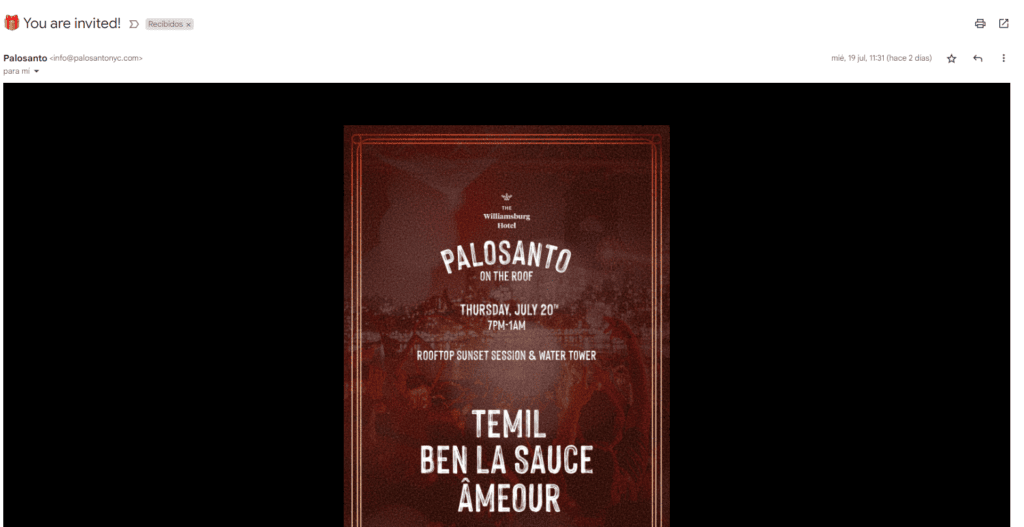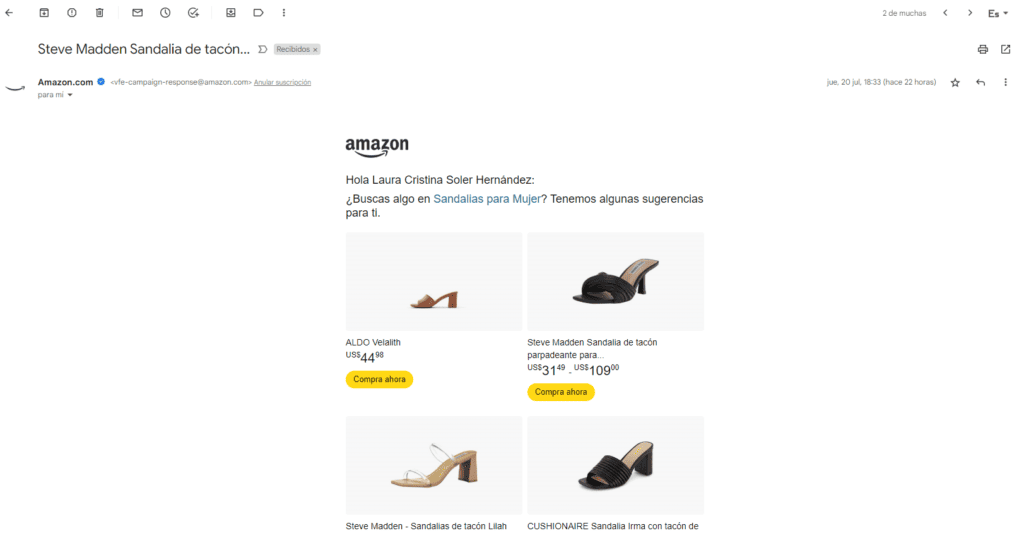Email marketing can be a highly effective way to drive sales and revenue for your business—if you know how to use it. At its best, this often overlooked tool can return $42 per dollar spent, according to Litmus’ research. To maximize your investment, drop generic mass emails and focus on email segmentation and personalization. This post explores why these tools are essential and how to implement them in your email marketing strategy. But first…
Email Segmentation vs. Personalization
We see these terms together so often that their meanings get convoluted in our heads. But they refer to different things, so let’s clarify our concepts. In email marketing, our starting point is always the database and contacts list, right? Email Segmentation refers to splitting a database into smaller lists of people based on specific criteria, usually demographic (related to their characteristics) or behavioral (related to their actions). We’ll look into those later. Email Personalization, conversely, involves using the resulting segments to consider or anticipate your recipients’ interests in your emails’ content.
Importance
You may ask: “Why would I do that? The more people an email reaches, the better!” Because of what psychologists call Persuasion Resistance: people, including you and me, resist being marketed to, and resent feeling flooded by publicity. Day by day, your would-be customers develop the ability to ignore all but the opportunities that seem most relevant and timely.
Also, email service providers look to prevent unwanted messages from pestering their clients. Therefore, they assign senders scores considering factors such as their emails’ volume, engagement metrics, and spam signals. If your emails too frequently get ignored, bounced, or thrown into the spam box, your email reputation will suffer from it. Your organization or company might end up flagged as spam or, worst case scenario, permanently blocked by email servers.
Tips for creating and targeting valuable segments
Now, how specific should your email segmentation get? Think of segments like maps: they require just enough detail to reflect relevant information about the territory they represent, but not so much that their users lose themselves in the data. Too many segments become impossible to tackle. Use your common sense and lean into your buyer personas to get a feel for your would-be customer’s personality, values, needs, and wants.
Here are some segments we have found useful and how you can tap into them:
Opened:
What percentage of your emails has a contact opened? Define different strategies geared to varying levels of interest. As mentioned above, too many unopened messages damage your email reputation, so you should keep communications sparse with unengaged contacts. On the other hand, your sales might benefit if you reward loyal readers with treats and offers.
Job title:
Who decides to buy your product? Sometimes, you want to capture the attention and interest of, for example, the HR or IT department. In others, only C-level executives are qualified to commit to your product or service. Adjust your email communications accordingly. For example, check how this email refers specifically to the concerns of business owners:

Geography:
This variable can be essential for selling a physical product or an in-person service. You should not waste your precious marketing budget on leads that won’t convert. Also, no one wants to get interested in something that’s ultimately out of reach. For example, I once signed up on this website for free tickets to a rooftop party. They have ensured that I get invited to every rooftop party ever since. I regret informing them that I’m not a New York City resident.

Forgotten Shopping Cart:
We postpone purchases that genuinely interest us for all sorts of reasons. Sometimes the timing isn’t right, and sometimes we forget. In any case, a friendly email reminder won’t hurt conversions. It could look something like this:

Wishlist:
If you, for example, run an online store, your customers will point you in the direction of their tastes through their wishlists. An email can help them consider similar or complementary products. Amazon is an expert at this and knows I’m looking to renovate my shoe rotation:
Key Takeaways
In summary, email segmentation and personalization help you create and maintain a healthy reputation and relationship with your audience. They achieve that by reducing the noise and providing products and services when and where they are wanted/needed.
Your audience’s demographics and behavior provide clues that help you define how and when to offer them a valuable service or product. Email segmentation and personalization will help you take note of these clues and create emails that speak to each individual. By segmenting and personalizing, you will, over time, establish email marketing systems that acknowledge your audience’s diversity of motivations and interests.
Do you want to grow your email database? Try one of these five successful lead magnets. And if there’s any way we can assist your marketing efforts, schedule a call with our team!

